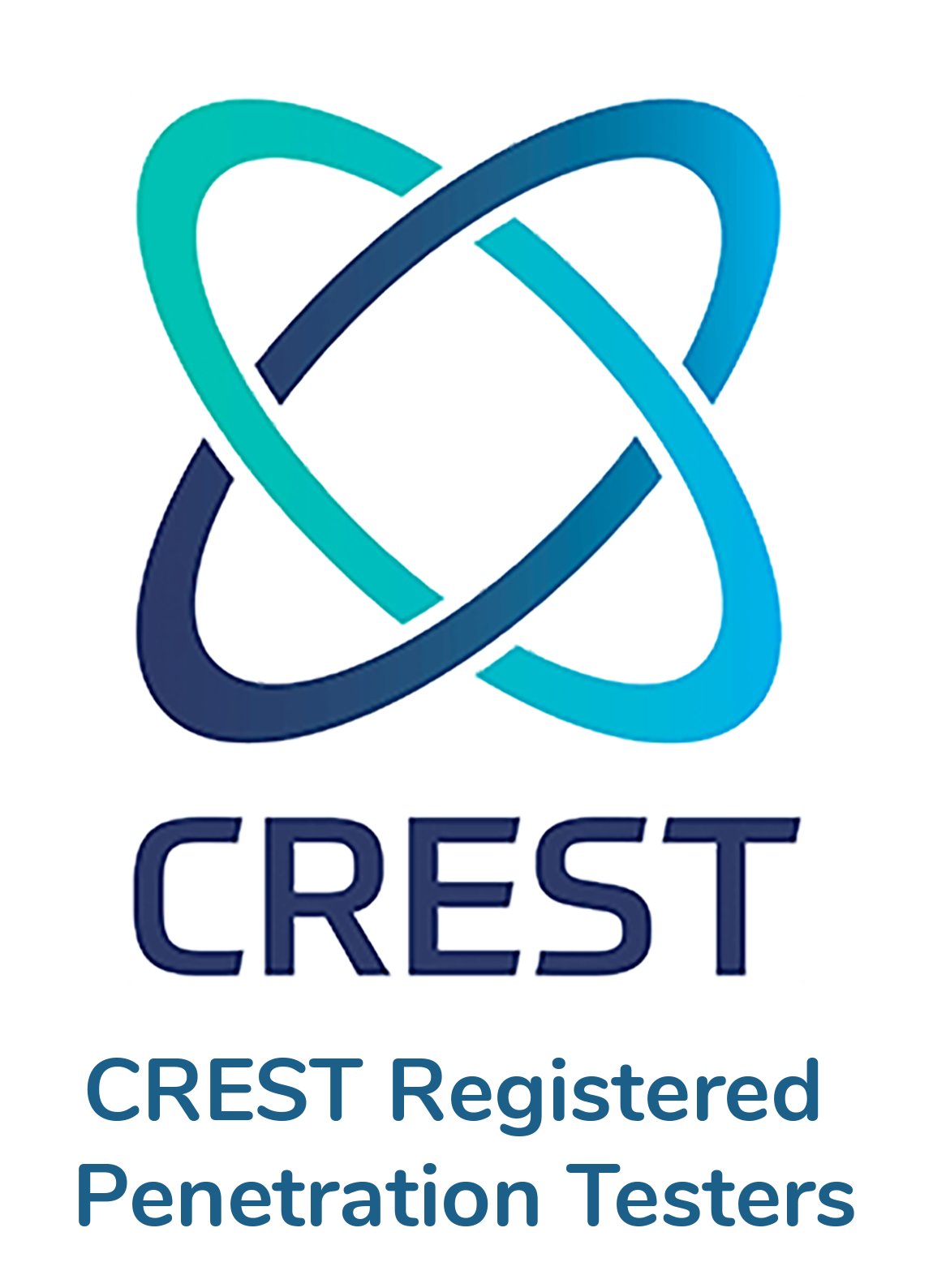No products in the basket.
Web Application testing

Penetration testing of web applications aims at improving your organisation’s security stance by finding out about vulnerabilities in your online systems. those steps and methodologies ensure that your applications are secured from possible cyber risks.
NET SEC GROUP PENETRATION TESTING SERVICES
Key Features
Discover Web App Vulnerabilities
Using our web app penetration testing, we will help you identify any security lacunae in your web application that may be used by hackers.
Remediate Risks Within Your Apps
We have specialised web application consultants that add value by providing solutions on how to address any vulnerability identified during the tests. This makes sure that you secure web applications from attacks and possible malware infections.
Find Critical Vulnerabilities
We cover everything from critical test cases to database injections, failure authentications, data leaks, xml exposures, brute forces, security misconfigurations and control of access.
Compliant Pen Testing
In our penetration testing, we follow what is stated in Open Web Application Security Project (OWASP) and evaluate all vulnerabilities in your web application.
Manual Penetration Testing
We undertake comprehensive manual tests to remove risks coming from possible oversights by web application developers. Our methodology emulates how malicious hackers do it and thus provides a comprehensive assessment of your applications.
Our Approach
Net Sec Group security experts perform application testing on your web apps, including but not limited to the OWASP top 10 vulnerabilities, such as:
01
Injection attacks
_____________
Evaluating susceptibility to SQL injection, Command injection, and other data injection attacks.
02
Broken Authentication
_____________
Assessing the effectiveness of authentication and session management mechanisms.
03
Sensitive Data Exposure
_____________
Identifying potential data leakage risks, including unencrypted data and insecure configurations.
04
XML External Entity (XXE) Attacks
_____________
Examining XML processing for vulnerabilities that can lead to data exposure.
05
Broken Access Control
_____________
Testing if users can gain unauthorised access to data or functionality.
06
Security Misconfigurations
_____________
Scanning for insecure server and application configurations.
07
Cross-Site Scripting (XSS)
_____________
Detecting vulnerabilities that can enable attackers to inject malicious scripts into web pages.
08
Insecure Deserialisation
_____________
Identifying weak deserialisation practices that can lead to code execution.
09
Using Components with Known Vulnerabilities
_____________
Checking for outdated or vulnerable software components.
10
Insufficient Logging and Monitoring
_____________
Ensuring that logging and monitoring mechanisms are adequate to detect and respond to security incidents.







